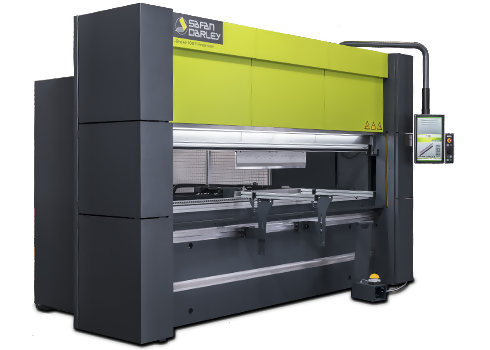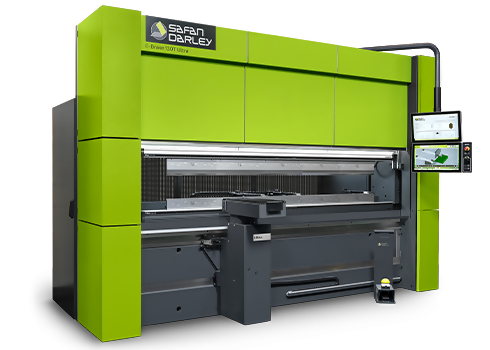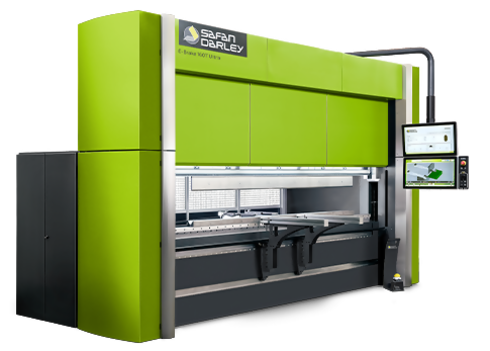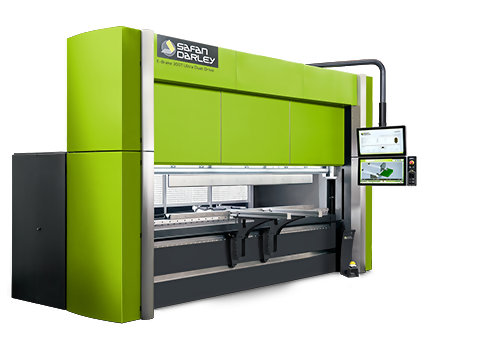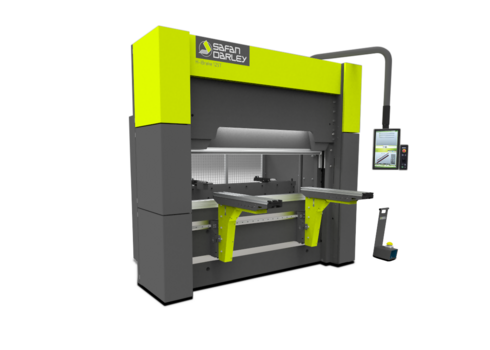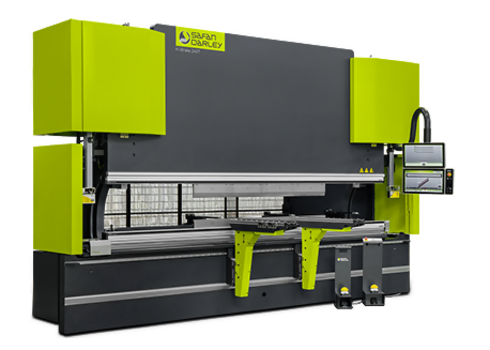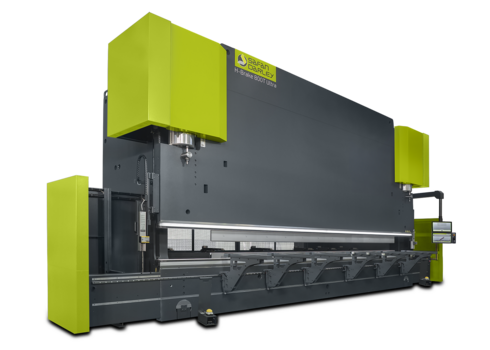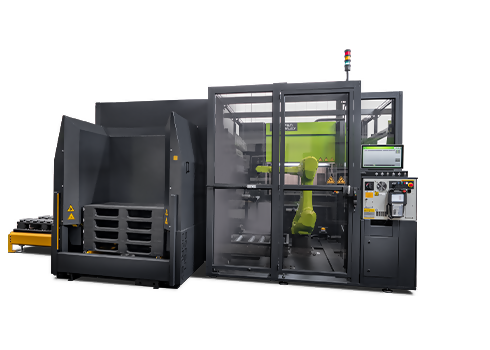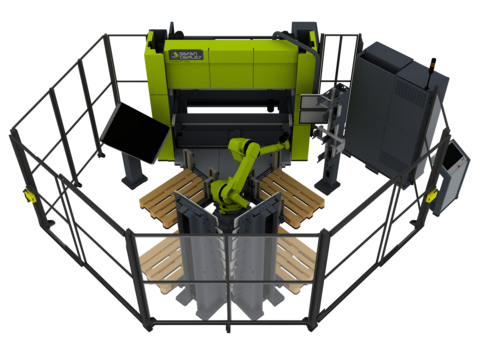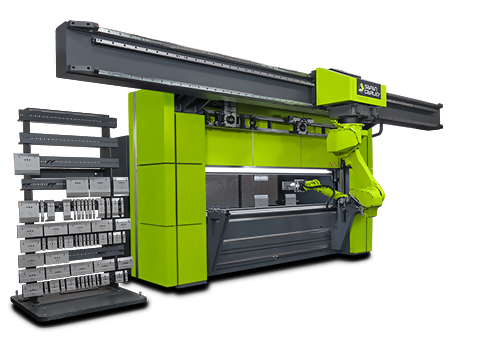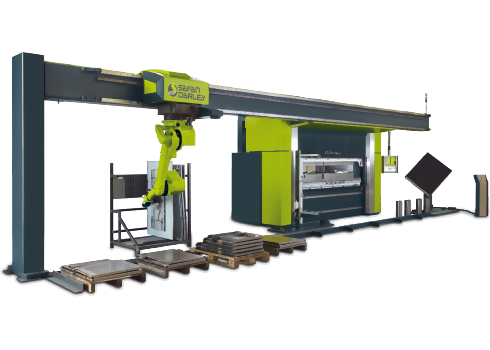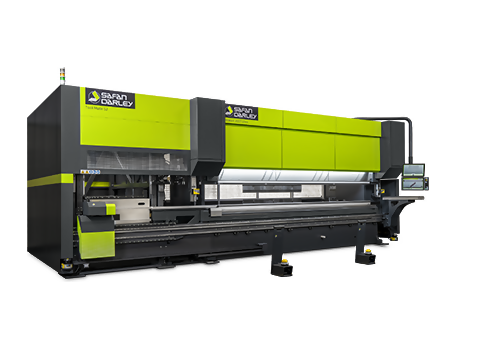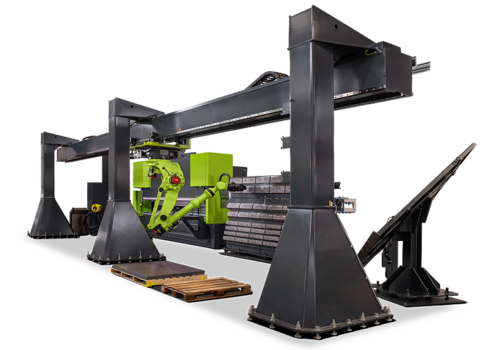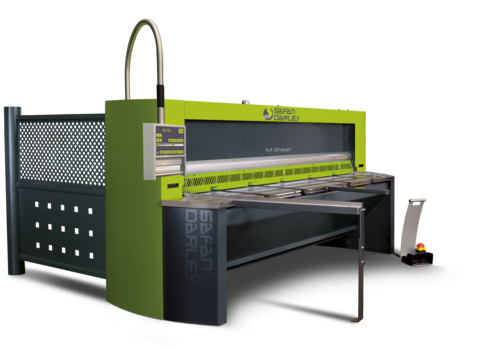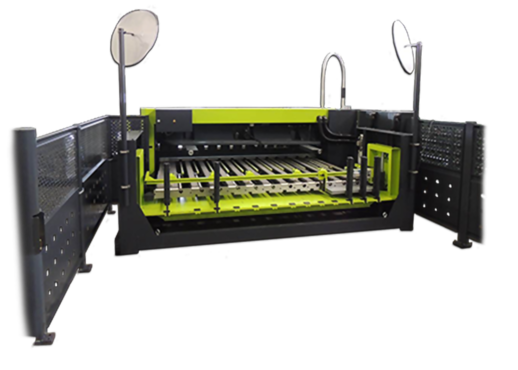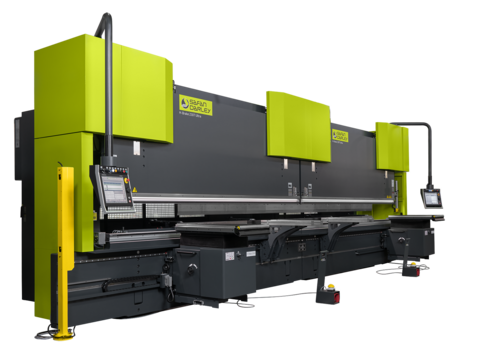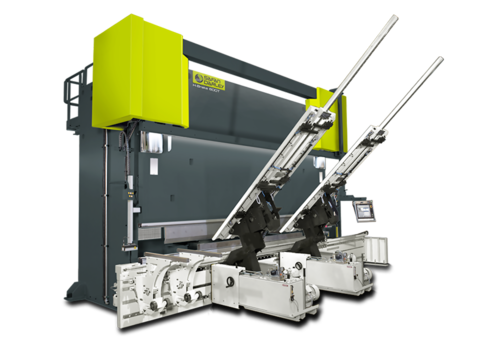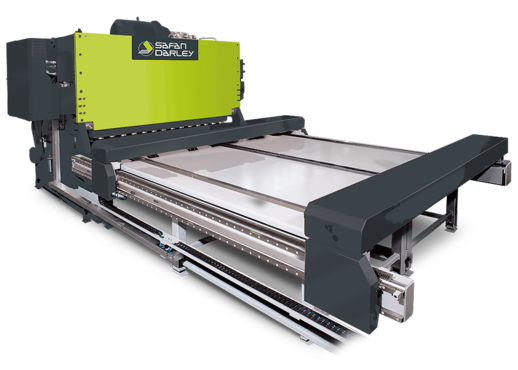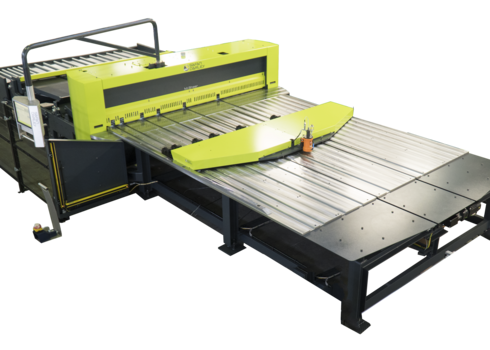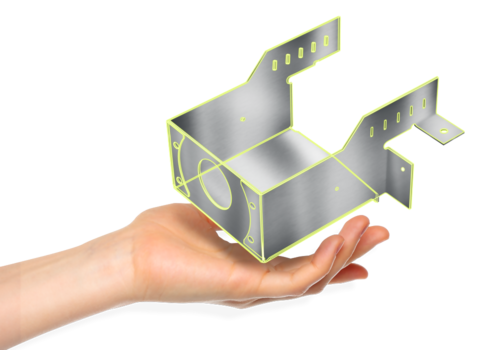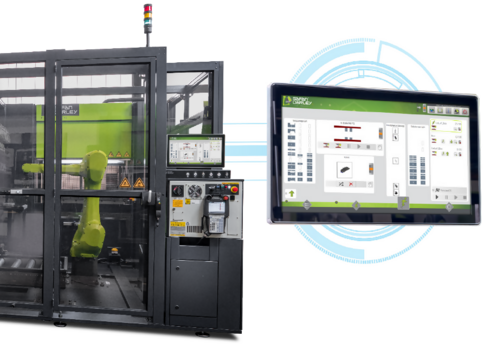
5 Questions You Should Ask Your Automation Provider
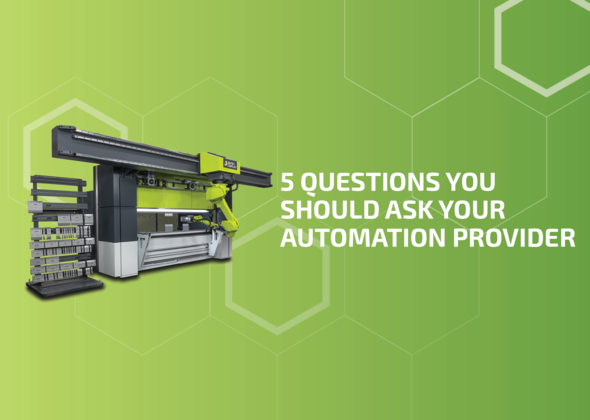
5 Questions
There is a solid business case to be made for automating most sheet metal fabrication operations — often, the signs are quite obvious. But recognizing the need is only the first step in a long journey of figuring out what parts should be produced with an automated cell, and how to do it. In my experience, the most important questions that fabricators need to ask are often far less obvious than the need to automate.
Here are five questions that you should ask your original equipment manufacturer (OEM) and/or technology integrator:
1. How Many Parts Are Included?
The most important question to ask is how many of your parts are a good fit for automation. Here is a major red flag to watch for: If the OEM or integrator says that they can produce all of your parts in an automated cell, it's probably too good to be true! Expecting 100% of the parts you produce to be great fits for an automated solution is unrealistic. This is a major pain point that many sheet metal fabricators experience when they proceed with automation. If you get an answer that sounds anything like "we can do all of your parts with our system," you should ask the OEM for a detailed analysis with an estimated time to produce each part. Their response will either boost your confidence that it is possible or demonstrate to you that they have not yet completely reviewed all of your parts.
There are a couple of ways for fabricators to be misled in what they’re purchasing. One common disconnect arises from confusion about what’s included in the base package, and what can be done within the bounds of the technology involved — but at a much higher cost. This is why you should ask for an itemized list showing each part/function and the cost to automate it. Custom automation likely won’t be built into the base package, so fabricators should watch for any gray areas around what the automation can do versus what it will do as configured and quoted.
Fabricators can also get burned due to limited technical knowledge on the part of a vendor’s sales staff. While a salesperson might actually think that 100% acceptance is both possible and included in the base price, they may not have the technical expertise to understand the intricacies of your operation. Fabricators should be wary of vague, catch-all sales-speak. Ask for details, and if the salesperson can’t answer on the spot, have them follow-up with their company’s technical staff. Make them put it in writing.
2. Can Your Equipment Handle Heavy Parts?
Safety is a priority for the industry and a major motivator for automation. Reducing the amount of heavy and repetitive lifts required of operators and workers should be a goal for your automation investment. Aside from the moral obligation to protect your staff, there is an economic consideration. Reduced downtime due to injuries (both acute from accidents and chronic due to repetitive motion) should be part of your equation and business case for investing in automation.
When you meet with integrators and OEMs, make sure their equipment can lift the heavy parts your employees are currently lifting. It would be a huge disappointment to invest in an automation cell that still required hard manual labor to function.
3. Does Your Equipment Require More Than One Operator?
Make sure you aren’t investing in equipment that will sustain or even increase your labor requirements. There are product configurations out there that require more than one operator (or at least an operator and a helper) at the same time. For me, any labor-intensive setup like that is a non-starter. If someone’s telling you that the configuration your company needs requires multiple operators, get a second opinion. By investing in automation technology, you should be reducing your labor requirements, and most of the best OEMs offer packages designed for a single operator.
4. What's the Expected Lifespan and Warranty Period for the Key Components of the Automated Solution?
At the most basic level, your automation cell will include a robot and a press brake, and each would be useless from an automation perspective without the other. Make sure you’re getting a quality robot and a quality press brake.
One common dilemma facing fabricators is that many OEMs selling automated cells tend to produce one that’s better than the other. Unfortunately, the result is that one lasts and the other wears out a few years in, and fabricators are stuck with replacing the inferior component. Make sure to ask about the quality of both the robot and press brake. If the salesperson can’t or won’t get into specifics about the lifespan, ask about the warranties of each and do your due diligence investigating both components.
5. Is It Practical?
This is a question that can be posed to both OEMs and integrators, and to your organization’s decision-makers. Once people grasp the positive impacts made possible by automation, there can be a tendency to bypass the “should we” question in favor of the “can we” question.
Make sure your investment aligns with your business case and that each technology you invest in has a major upside financially, not just in terms of capabilities. For example, it might be nice to advertise that your operation can bend a part that no other company within a thousand miles can bend. But if that automation costs $50,000, and you only bend five parts a year, you’ll likely never realize an acceptable return on investment (ROI).
No Surprises
There is no easy way to automate your manufacturing operation, but there is a right way: One step at a time, with your eyes wide open. If you’re just starting the journey toward automation, start with these questions and ask as many more as necessary to understand what you’re getting and how much it costs, so you can proceed with confidence.
Feel free to comment below or reach out to me through LinkedIn if you would like to discuss your automation needs or get a second opinion on something you heard from another company.
